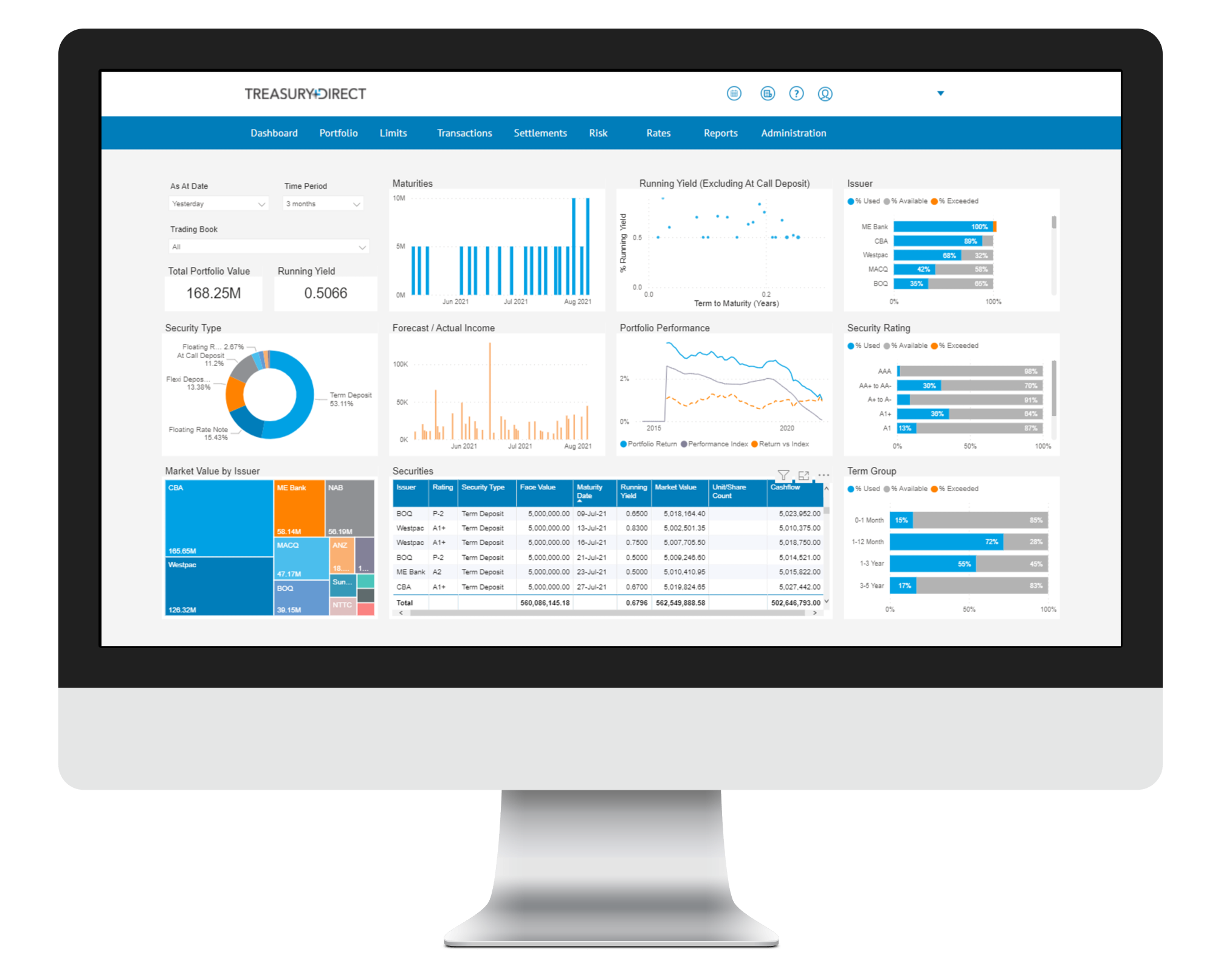Markets Overview
- ASX SPI 200 futures up 0.2% to 8,245.00
- Dow Average little changed at 43,935.36
- Aussie down 0.7% to 0.6485 per US$
- US 10-year yield rose 2.2bps to 4.4492%
- Australia 3-year bond yield rose 11 bps to 4.22%
- Australia 10-year bond yield rose 10 bps to 4.67%
- Gold spot down 0.7% to $2,581.26
- Brent futures up 0.3% to $72.09/bbl
Economic Events
- 10:00: (AU) RBA’s Bullock-Panel
- 10:30: (AU) Australia to Sell A$1 Billion 77-Day Bills
- 10:30: (AU) Australia to Sell A$1 Billion 147-Day Bills
- 11:00: (AU) Nov. Consumer Inflation Expectation, prior 4.0%
- 11:30: (AU) Oct. Full Time Employment Change, prior 51,600
- 11:30: (AU) Oct. Part Time Employment Change, prior 12,500
- 11:30: (AU) Oct. Employment Change, est. 25,000, prior 64,100
- 11:30: (AU) Oct. Participation Rate, est. 67.2%, prior 67.2%
- 11:30: (AU) Oct. Unemployment Rate, est. 4.1%, prior 4.1%
Stocks wavered as speculation the market has run too far after the US election offset bets the Federal Reserve will keep cutting rates.
Equities lost steam in the final stretch of New York trading, with the S&P 500 almost erasing an advance partly fueled by in-line inflation data. In late hours, Cisco Systems Inc. delivered an upbeat outlook for the current period, but a conservative annual forecast brought a muted reaction from investors. Shorter-dated Treasuries outperformed, with the yield on two-year notes dropping from the highest since July. Swap traders boosted to about 80% the probability that the Fed will cuts rates again on Dec. 18. The dollar held at a two-year high. Bitcoin pared gains after earlier topping $93,000.
Trump Wins Republican Trifecta as GOP Retains House Majority.
“After the massive rally we’ve seen in stocks, investors are looking for any sort of excuse that can usher in a pullback,” said Bret Kenwell at eToro. “Markets resolved higher following the election, instilling a ‘buy the dip’ mentality. If the market were to sell off in the short term, the pullbacks are likely to be shallow as fund managers buy the dip and look to chase performance into year-end.”
A consumer price index that matched estimates brought a certain degree of relief to traders fearing that a hotter print that could hinder rate cuts.
“Overall, it was a remarkably consensus print that leaves a December cut as the most likely outcome,” said Ian Lyngen at BMO Capital Markets.
The S&P 500 was little changed. The Nasdaq 100 fell 0.2%. The Dow Jones Industrial Average rose 0.1%.
Treasury 10-year yields advanced two basis points to 4.45%. The Bloomberg Dollar Spot Index climbed 0.4%.
“A hotter-than-expected inflation number could have convinced the Fed to stand pat at its next meeting,” said Seema Shah at Principal Asset Management. “A December cut is still in the cards.”
Despite the market relief with Wednesday’s CPI report, the latest figures also underscore the slow and frustrating nature of the battle against inflation, which has often moved sideways on its broader path down.
“The in-line CPI print shows that while substantial progress has been made in the fight against elevated inflation, the ‘last mile’ is proving more challenging,” said Josh Jamner at ClearBridge Investments. “With inflation holding steady, the market narrative should not see a significant shift as a result of today’s data.”
It’s a “business-as-usual print” for the Fed, according to Bank of America Corp.’s Stephen Juneau, Meghan Swiber and Alex Cohen.
“Tthere is nothing in today’s report that would alarm the Fed,” they said. “Therefore, a 25 basis-point cut in December firmly remains our base case.”
At Citigroup Inc., economists maintained their view that the Fed will cut rates by 50 basis points in December after the CPI data.
“While details remain volatile and not quite ‘normal,’ easing wage pressures, falling short-term inflation expectations, and high rates continuing to weigh on housing demand and prices should leave Fed officials comfortable that the path of inflation is slowing,” wrote Citi’s Veronica Clark and Andrew Hollenhorst.
Other News
Australia’s wage growth slowed in the third quarter, reflecting an easing in price pressures across the economy and reinforcing expectations that the next move in interest rates will be down.
The Wage Price Index advanced an annual 3.5% in the three months through September, compared with 4.1% in the prior period and economists’ estimate of 3.6%, Australian Bureau of Statistics data showed Wednesday. On a quarterly basis, wages grew 0.8%, slightly lower than forecast.
The annual figure slid below 4% for the first time since mid-2023, said Michelle Marquardt, ABS head of prices statistics. The annual gain in private sector wages was the lowest since the third quarter of 2022, she added.
The report validates the Reserve Bank’s estimate that wage growth has now peaked. Its latest forecasts show pay gains further slowing to 3.4% in the final quarter of this year and 3.2% by late 2025.
The RBA’s board is closely monitoring price-setting behavior and the labor market, with employment data out Thursday expected to show the jobless rate held steady at 4.1% in October.
RBA officials have previously said wage growth of around 4% is consistent with the central bank’s 2-3% inflation target provided the economy’s productivity performance improves. Yet they’ve sounded increasingly concerned about that of late as there has been little sign of a return to solid productivity gains.
Public sector wages grew 3.7%, outpacing those in the private sector on an annual basis, the ABS said Wednesday.

